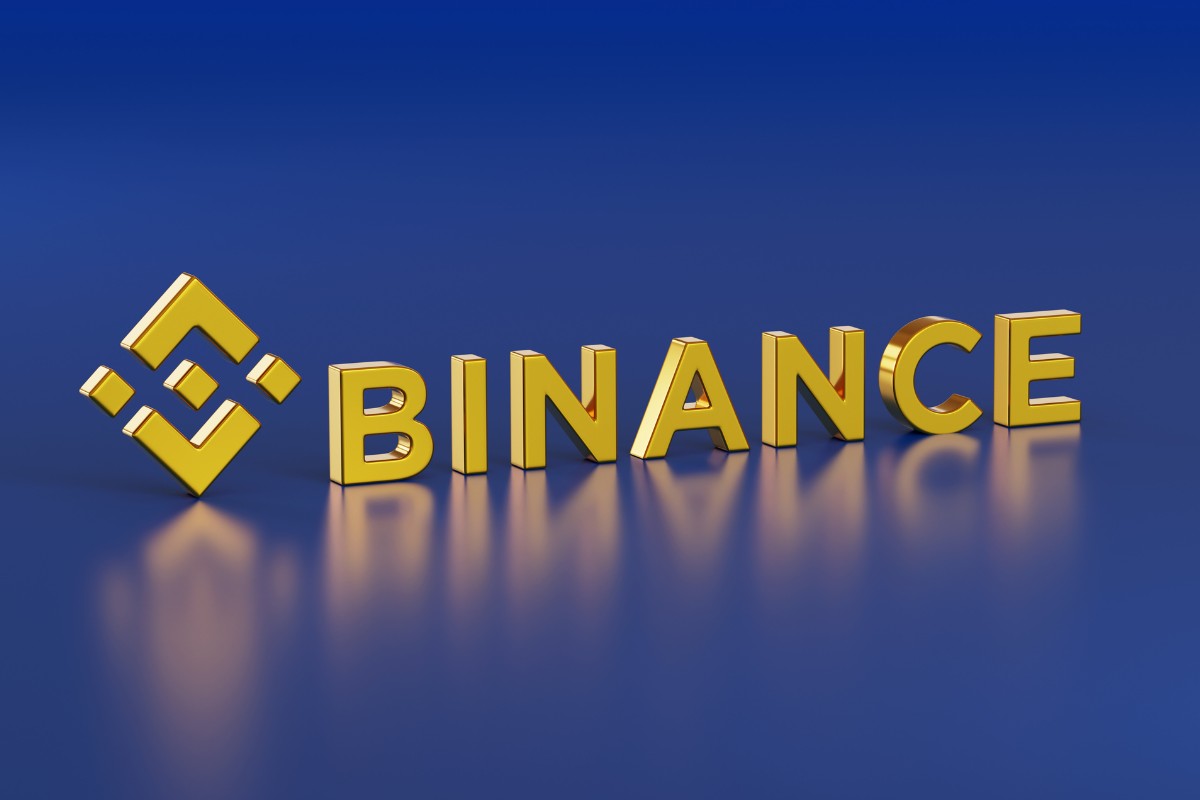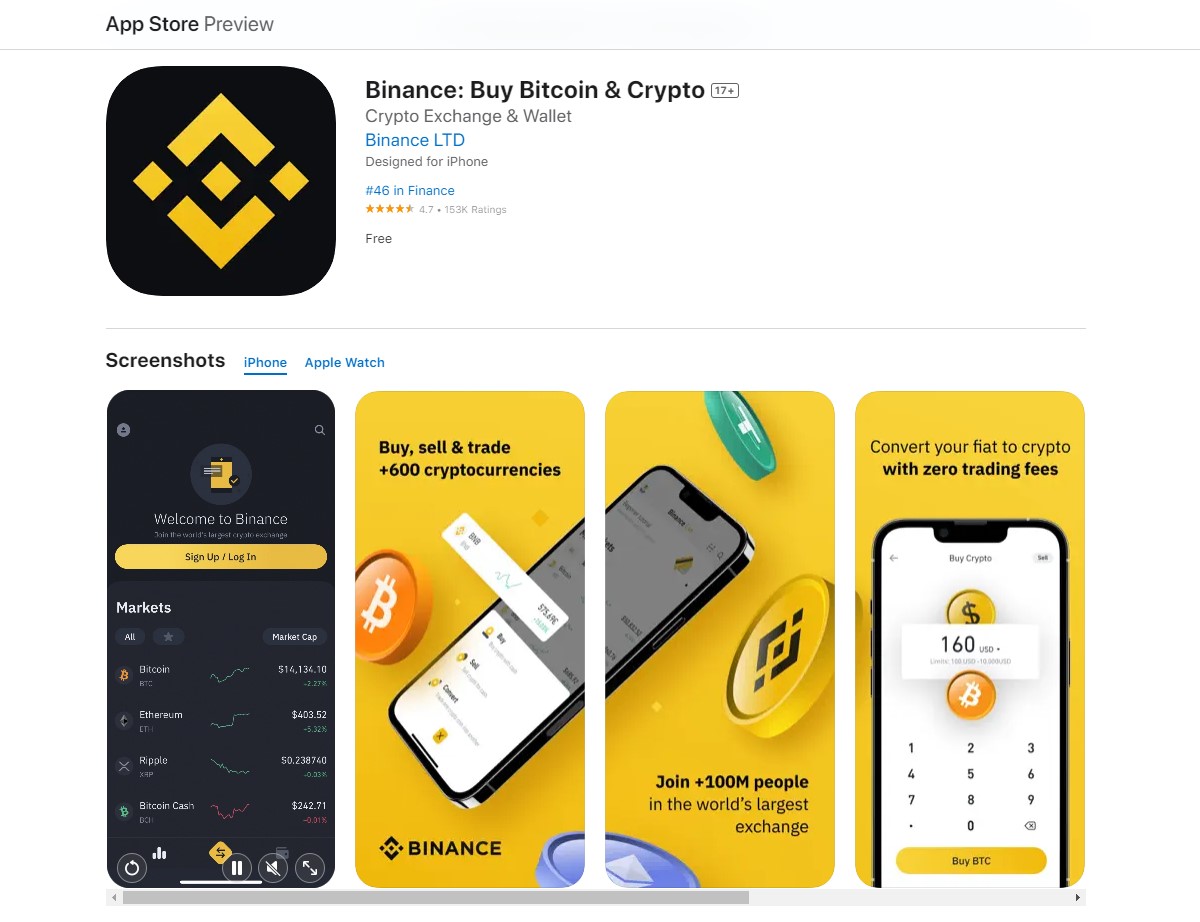Are you interested in short selling on Binance?
Short selling is a trading strategy that allows you to profit from a falling market, but how to short on Binance?
Binance is one of the most popular cryptocurrency exchanges, and it offers a variety of tools for traders, including margin trading, futures trading, and more.
If you’re new to short selling or just getting started on Binance, it can be overwhelming to navigate the platform and understand the different options.
That’s why we’ve put together this guide to help you learn how to short on Binance.
We’ll cover the basics of short selling, how to use Binance’s margin trading and futures trading features to short sell, and some tips and strategies for successful short selling on the platform.
Whether you’re a seasoned trader or just starting out, this guide will provide you with the information you need to start short selling on Binance and take advantage of market volatility.
So, let’s dive in and learn how to short on Binance!
Post Contents
Understanding Short Selling
Short selling is a trading strategy that allows you to make a profit from a declining market.
It’s the opposite of buying low and selling high, and it involves selling an asset that you don’t own, with the hope of buying it back at a lower price in the future.
In this section, we’ll explore the concept of short selling, why it’s important, and the risks involved.
The Concept of Short Selling
Short selling is a way to bet against a particular asset.
In other words, you are taking a “bearish” position, hoping that the asset’s price will decrease.
To do this, you borrow the asset from someone else (usually a broker), sell it on the market, and then buy it back at a lower price to return to the broker.
The difference between the sale price and the purchase price is your profit.
Why Short Selling is Important
Short selling is an essential tool for traders and investors who want to make money in a declining market.
It provides an opportunity to profit from a bearish market, which can be just as lucrative as a bullish market.
Short selling also helps to keep the market in check by preventing asset prices from becoming too inflated.
Risks Involved in Short Selling
Short selling comes with significant risks.
The most significant risk is that the asset’s price may increase instead of decreasing, resulting in a loss.
Additionally, if the asset’s price rises significantly, the broker may require you to deposit additional funds to cover the loss.
Short selling also has a limited upside potential since the price of an asset can’t fall below zero.
Basics of Binance Platform

If you are new to Binance, it can be overwhelming to navigate the platform.
In this section, we will provide an overview of Binance and its different features, including Binance Futures, Spot and Margin Trading.
Overview of Binance
Binance is a popular cryptocurrency exchange platform that allows users to buy, sell, and trade cryptocurrencies.
It was founded in 2017 and has quickly become one of the largest cryptocurrency exchanges in the world.
Binance offers a wide range of cryptocurrencies, including Bitcoin, Ethereum, and Binance Coin (BNB).
Binance also offers several other features, including Binance Futures, Spot, Margin Trading, Binance Academy, DEX, and more.
These features allow users to access a variety of trading options and educational resources.
Binance Futures
Binance Futures is a platform that allows users to trade futures contracts on various cryptocurrencies.
Futures contracts are agreements to buy or sell an asset at a predetermined price at a future date.
Binance Futures offers both perpetual and quarterly futures contracts.
Spot and Margin Trading on Binance
Spot trading on Binance is the most basic form of trading.
It involves buying and selling cryptocurrencies at the current market price.
Margin trading, on the other hand, allows users to trade with borrowed funds.
This means that users can increase their potential profits, but it also increases their potential losses.
Binance offers a variety of trading pairs for both spot and margin trading.
Trading pairs are cryptocurrency pairs that can be traded against each other.
For example, BTC/USDT is a trading pair that allows users to trade Bitcoin against Tether.
How to Short on Binance
If you’re looking to make a profit by shorting on Binance, this guide will walk you through the process.
Here’s what you need to know.
Setting Up a Binance Account
Before you can start shorting on Binance, you’ll need to set up an account.
Here’s how to do it:
- Go to the Binance website and click on “Register” in the top right corner.
- Enter your email address and create a strong password.
- Agree to the terms of service and click “Register”.
- Verify your email address by clicking on the link in the email Binance sends you.
- Log in to your new Binance account.
How to Open a Short Position
Once you have a Binance account, you can open a short position.
Here’s how to do it:
- Go to the Binance trading platform and select the margin wallet you want to use.
- Transfer assets from your spot wallet to your margin wallet.
- Choose the coin you want to use as collateral for the pair and borrow funds to increase your trading balance.
- Set the price to enter a short and the number of funds to use.
- Review the details of your short position and click “Confirm”.
Closing a Short Position
When you’re ready to close your short position, follow these steps:
- Go to the Binance trading platform and select the margin wallet you used to open the short position.
- Repay the debt and the accrued interest.
- Close the short position by selling the borrowed asset.
- Transfer assets from your margin wallet back to your spot wallet.
Remember that shorting on Binance comes with risks, so make sure you understand the process and the potential consequences before you start. Good luck!
Understanding Binance Futures
Introduction to Binance Futures
Binance Futures is a derivatives trading platform that allows traders to speculate on the price movements of various cryptocurrencies using futures contracts.
Futures contracts are agreements to buy or sell an asset at a predetermined price and time in the future.
Binance Futures offers a wide range of futures markets, including coin-m futures and leveraged tokens.
To start trading on Binance Futures, you will need to open a futures account and transfer USDT (Tether) to your futures wallet.
USDT is a stablecoin that is pegged to the value of the US dollar, which means that its value is relatively stable compared to other cryptocurrencies.
How to Trade Binance Futures
To trade Binance Futures, you will need to select the futures market that you want to trade and choose whether you want to go long or short.
Going long means that you are betting on the price of the asset increasing, while going short means that you are betting on the price of the asset decreasing.
Once you have selected your position, you can choose the amount of leverage that you want to use.
Leverage allows you to amplify your profits (and losses) by borrowing funds from the exchange.
Binance Futures offers leverage of up to 125x, which means that you can trade with up to 125 times the amount of USDT that you have in your futures account.
Leverage and Margin in Binance Futures
It is important to understand the risks and rewards of using leverage in Binance Futures.
While leverage can amplify your profits, it can also amplify your losses.
If the price of the asset moves against your position, you may be forced to close your position due to margin requirements.
Margin is the amount of USDT that you need to keep in your futures account to maintain your open positions.
If your margin falls below the required level, your positions may be liquidated, which means that they will be closed automatically to prevent further losses.
To minimize your risks in Binance Futures, it is important to have a solid trading strategy and to use risk management tools such as stop-loss orders and take-profit orders.
Stop-loss orders allow you to automatically close your position if the price of the asset reaches a certain level, while take-profit orders allow you to automatically close your position if the price of the asset reaches a certain profit level.
Managing Risks and Profits
When it comes to shorting on Binance, managing risks and profits is crucial to your success.
By following a few simple strategies, you can minimize your risks and maximize your profits.
Risk Management Strategies
One of the most important things you can do when shorting on Binance is to manage your risks.
Here are a few risk management strategies to consider:
- Use stop-loss orders: A stop-loss order is an order to sell your asset if the price declines to a certain level. By using stop-loss orders, you can limit your losses if the price of the asset goes against you.
- Consider the 1% rule: The 1% rule is a simple risk management strategy that entails not risking more than 1% of your total capital on an investment or trade. This can help you avoid significant losses if the trade goes against you.
- Practice responsible trading: Practicing responsible trading means avoiding unhealthy excesses like impulsive trading or gambling. By trading responsibly, you can minimize your risks and increase your chances of success.
Profit Maximization Tips
In addition to managing your risks, there are also several profit maximization tips to consider when shorting on Binance:
- Take profits regularly: Taking profits regularly can help you lock in gains and avoid significant losses if the trade goes against you.
- Use trailing stop orders: A trailing stop order is an order to sell your asset if the price declines by a certain percentage from its highest point. By using trailing stop orders, you can lock in gains and minimize your losses.
- Understand the market: Understanding the market and the factors that affect the price of the asset you are shorting can help you make better trading decisions and increase your chances of success.
Understanding Liquidation
Finally, it’s important to understand the concept of liquidation when shorting on Binance.
Liquidation occurs when the value of your collateral falls below a certain level, and your position is automatically closed to prevent further losses.
To avoid liquidation, make sure you maintain a sufficient level of collateral and monitor your position regularly.
By doing so, you can minimize your risks and increase your chances of success when shorting on Binance.
Additional Features of Binance

Binance is not just a platform for trading cryptocurrencies.
It offers many additional features that can help you manage your crypto assets and maximize your profits.
Here are some of the most useful features of Binance:
Binance Mobile App
Binance has a mobile app that allows you to trade cryptocurrencies on the go.
The app is available for both iOS and Android devices and offers a user-friendly interface that makes it easy to buy and sell crypto assets.
You can also use the app to monitor your portfolio, set price alerts, and access real-time market data.
Binance Options
Binance Options is a new feature that allows you to trade options on cryptocurrencies.
With Binance Options, you can take advantage of price movements in the market and potentially earn higher returns.
The platform offers both American and European options, as well as a wide range of strike prices and expiration dates.
Binance Fees and Charges
Binance charges a fee for each trade you make on its platform.
The fee structure is based on your trading volume and can range from 0.1% to 0.02%.
Binance also charges fees for withdrawals and deposits, which vary depending on the cryptocurrency you are trading.
Binance Earn and Staking
Binance Earn is a feature that allows you to earn interest on your crypto assets.
You can choose from a range of products, including flexible savings, locked savings, and staking.
Binance Staking allows you to earn rewards by holding certain cryptocurrencies in your account.
In addition to these features, Binance also offers a range of other products and services, including leveraged tokens, OTC trading, a launchpad token launch platform, a DeFi wallet, Binance Tax, Binance Live, and more.
Whether you are a beginner or an experienced trader, Binance has something to offer you.
Key Takeaways
If you’re interested in shorting on Binance, here are some key takeaways to keep in mind:
- Shorting involves selling an asset at a high price and buying it back at a lower price, with the goal of profiting from the price difference.
- Binance offers both spot and margin trading, and you can short on both platforms.
- To short on Binance, you’ll need to have a verified account and sufficient funds in your account to cover the margin requirements.
- Shorting is a risky strategy, as losses can accumulate quickly if the price of the asset goes up instead of down. It’s important to have a clear exit strategy and to use stop-loss orders to limit potential losses.
- Binance offers a variety of tools and resources to help you make informed trading decisions, including charts, technical indicators, and trading signals.
- It’s important to do your own research and to stay up-to-date on market trends and news that could affect the price of the asset you’re shorting.
- Finally, it’s important to remember that shorting is just one strategy among many that you can use to trade on Binance. It’s important to have a diversified portfolio and to use risk management strategies to protect your investments.






























